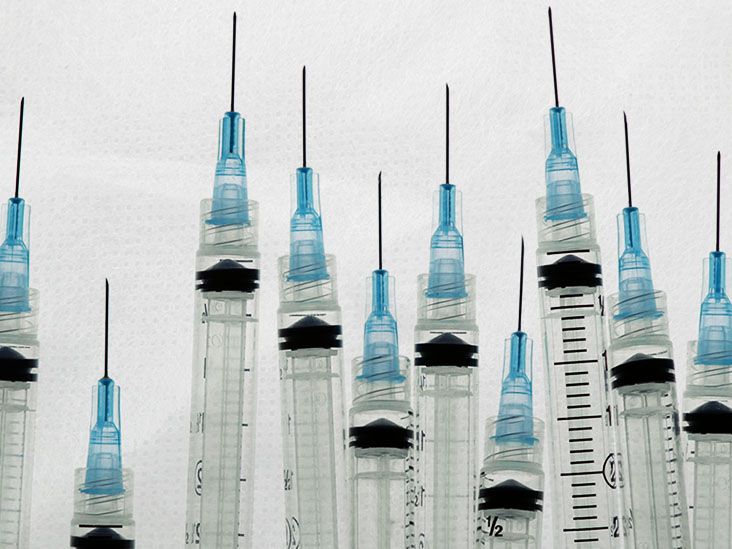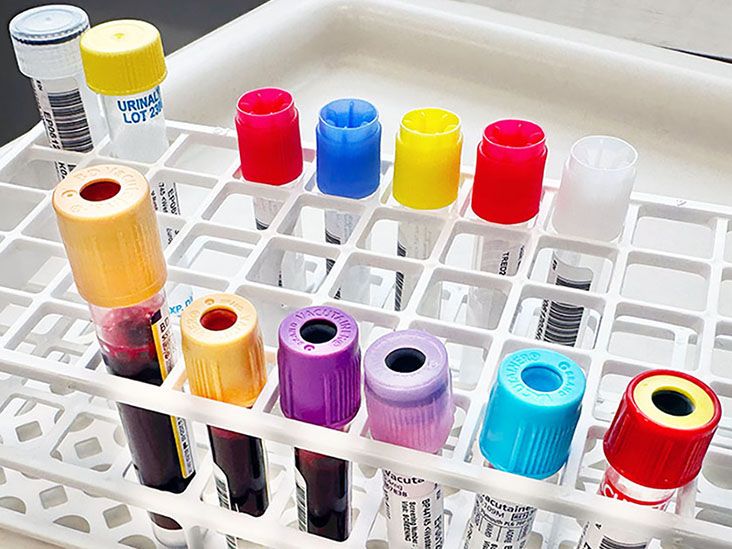Females may experience stabbing pain on the left side of the groin for many reasons. These include a strain, a hip problem, kidney stones, and others. They may also experience it during pregnancy.
The groin is the area between the lower abdomen and the upper thighs. This article discusses why a female can experience this pain. It also outlines treatments, home care strategies, and when to see a doctor.

A strain in the groin may result from injury or overexertion, and a past groin injury increases the odds. A strain can occur on the left or right side.
Groin strains are common among people who play sports that require kicking, sidestepping, or quick changes in direction, such as football and ice hockey.
Symptoms of a groin injury include:
- sudden, sharp, stabbing pain
- dull aching
- tenderness
- bruising
- swelling
- delayed pain after the injury
These symptoms can also affect the inner thigh muscle. Sneezing or coughing may trigger or worsen the pain if the injury extends to the abdominal muscles.
How is a groin strain treated?
A person may be able to treat a mild groin strain at home. The United Kingdom’s National Health Service (NHS) recommends resting the hip and groin area for the first 48 hours after the injury.
However, it is important to avoid long periods of inactivity; a person should move the area gently for 10 to 20 seconds every hour during the day. After 48 hours, try to increase the movement.
The NHS also advises that if pain from the injury persists, the person should see a physiotherapist. They can provide treatment and recommend exercises to do at home.
A person may experience left-sided groin pain due to a health issue affecting the hip.
A stabbing pain in this area may be due to:
- Hip bursitis: This occurs when a fluid-filled sac on the inside or outside of the hip becomes inflamed. Hip bursitis is more common in females and older adults.
- Labral tear: This is a tear in the tissue surrounding the hip socket.
- Impingement: This occurs when there is friction between the ball and socket of the hip joint due to an abnormal shape of either structure.
A person with any of these issues may feel pain during specific movements or in certain positions. The pain may be sharp, and there may be a sensation of the hip catching or snapping.
How is a hip condition treated?
The best approach to any of these conditions may involve the following, often in combination:
- rest
- nonsteroidal anti-inflammatory drugs (NSAIDs)
- physical therapy
- steroid injections
- surgery
People with hip bursitis may also benefit from an assistive device, such as a cane or crutches.
A kidney stone in the left kidney may produce a sharp, stabbing pain in the back and left side that extends to the left groin.
The pain may be sudden and come and go. Other symptoms include:
- an urgent need to urinate
- frequent urination
- a burning sensation when urinating
- blood in the urine
- nausea and vomiting
How is a kidney stone treated?
Smaller stones may pass without medical treatment.
The doctor may recommend waiting for up to 6 weeks for the stone to pass, provided that the pain is bearable, there is no sign of infection, and the kidney is not fully blocked. During this time, a person should stay hydrated as usual.
Otherwise, a person may need shock wave treatment or surgery to break up or remove the stone.
Pain in the groin may result from a hernia, which may be inguinal or femoral.
An inguinal hernia occurs when the contents of the abdomen bulge through a weakened area in one of two passages on either side of the groin, called the inguinal canals.
A femoral hernia forms deeper within the groin, in passages called the femoral canals. Femoral hernias are
Femoral and inguinal hernias are more likely to appear on the right side of the body, but they can form on the left.
A hernia in the left groin can cause pain, other discomfort, and a feeling of heaviness in the area.
How is a hernia treated?
Surgery may be necessary to treat a hernia.
Also, it is important to note that severe, sudden pain can indicate that a hernia is cutting off blood flow within the intestines, in which case it is called a strangulated hernia. This requires immediate medical care.
Endometriosis occurs when tissue similar to the lining of the uterus develops outside of the uterus.
It can cause pain in the lower abdomen that may radiate to the groin and legs. The pain may be stabbing, sharp, or burning.
Other symptoms of endometriosis include:
- abdominal pain or cramps
- fatigue
- painful periods
- pain during or after sex
- swelling in the groin
How is endometriosis treated?
Endometriosis treatment tends to involve pain relief medications, hormone therapy, and in severe cases, surgery.
Pregnancy can lead to other causes of pain on the left side of the groin, including:
Round ligament pain
The round ligaments are two bands of tissue that connect the uterus to the pelvis.
During pregnancy, the ligaments become looser in order to stretch as the uterus expands. As the ligaments stretch, they can spasm and cause pain.
Round ligament pain is a common issue during pregnancy, and it poses no threat to the woman or fetus. It usually starts in the second trimester, though it can happen earlier.
The pain may be stabbing and sharp and may extend within the groin. A woman may feel pain on one or both sides, and sudden movements, laughing, or coughing can make it worse.
Warm baths, lying on the side with a pillow between the knees, and antenatal yoga may help ease this pain.
Pelvic pain
According to Tommy’s, a British pregnancy charity, as many as 1 in 5 women experience pelvic pain during pregnancy.
Doctors may refer to it as symphysis pubis dysfunction or pelvic girdle pain. The issue does not affect the developing fetus.
The pain may be moderate to severe and affect the groin and pelvis. In some women, it is severe enough to interrupt sleep and disrupt daily activities.
A woman with this pain may experience:
- pain in the lower back
- a grinding or clicking sensation in the pubic area
- pain that worsens when parting the legs or leaning on one leg
- pain triggered by certain activities, such as walking or climbing the stairs
A healthcare professional can discuss safe treatment options, including:
- physical therapy
- pain medication, such as acetaminophen (Tylenol)
- alternative therapies, such as yoga and massage
- pregnancy support belts or pelvic blocks
If a groin strain is causing the left-sided pain, the RICE technique may help. RICE stands for:
- Rest: Avoid strenuous activity and exercise, and limit walking, particularly for the first 48 hours.
- Ice: To reduce swelling, apply a cold compress or ice pack wrapped in a cloth to the area for 5–10 minutes every 2–3 hours.
- Compress: Wrap the affected area in bandages for support and to help reduce swelling.
- Elevate: If possible, elevate the area with pillows.
After 2 days, a person may find heat more effective than cold. It may help to use a heating pad on the groin for 5 to 10 minutes, three or four times per day.
The right approach to other types of groin pain depends on the cause, but the following strategies may help:
- Avoid bending, heavy lifting, and strenuous activity before consulting a doctor or for 2 to 3 days after symptoms ease.
- Avoid any activity that worsens symptoms.
- Wear clothing that is loose around the groin and abdomen.
- Take pain medication, although pregnant people should consult a doctor first.
To diagnose the cause of groin pain, a doctor first assesses the symptoms and takes a full medical history.
Next, they perform a physical examination of the affected area, which may include the lower back, lower abdomen, and hips.
They may also order or conduct further tests, such as an ultrasound, CT, or MRI scan, to diagnose issues such as endometriosis or kidney stones.
Some causes of groin pain resolve without treatment or with home care. However, if a person experiences the following issues, they should contact a doctor:
- severe pain
- pain that worsens or does not improve within a few days or with home care
- pain that extends to the abdomen
- blood in the urine
Stabbing pain in the left groin can result from injuries or various medical conditions. Pain in this area can also be an expected part of pregnancy, but a doctor must make the diagnosis.
Anyone who has severe or persistent pain in this area should receive medical care right away.
Anyone purchasing an assistive device should receive medical guidance about the fit and correct use. Crutches, in particular, need to be professionally fitted.
Also, for an insurance plan to cover the cost, the device generally needs to be ordered by a physician.


